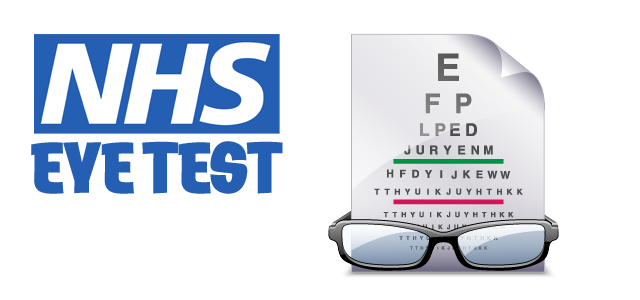![]()
Jack Brown Eyecare, Edinburgh Opticians.
Email: info@jbeyecare.com
Jack Brown Eyecare Branches
30 Elder Street, Edinburgh EH1 3DX
Tel: 0131 557 3531
Open in Google Maps
Westside Plaza, Edinburgh EH14 2SW
Tel: 0131 442 2333
Open in Google Maps

What is Fuchs Dystrophy?
Fuchs dystrophy is a slowly progressing disease that usually affects both eyes and is slightly more common in women than in men. Although doctors can often see early signs of Fuchs dystrophy in people in their 30s and 40s, the disease rarely affects vision until a person reaches their 50s and 60s.
Fuchs dystrophy occurs when endothelial cells gradually deteriorate without any apparent reason, such as trauma or inflammation. As more endothelial cells are lost over the years, the cornea becomes less efficient at pumping water out of the stroma. This causes the cornea to swell and to distort vision. Eventually, the epithelium also takes on water, resulting in great pain and severe visual impairment.
Epithelial swelling damages vision in two ways:- 1. changing the cornea's normal curvature
- 2. causing a sight-impairing haze to appear in the tissue.
Epithelial swelling will also produce tiny blisters on the corneal surface. When the blisters burst, they are extremely painful.
At first, a person with Fuchs dystrophy will awaken with blurred vision that will gradually clear during the day. This occurs because the cornea is normally thicker in the morning, and it retains fluids during sleep that evaporate in the tear film while we are awake. But as the disease worsens, this swelling will remain constant and reduce vision throughout the day.
When treating the disease, doctors will try first to reduce the swelling with ointments or soft contact lenses. They may also instruct a person to use a hair dryer, held at arm's length or directed across the face, to dry out the epithelial blisters. This can be done two or three times per day.
But when the disease makes even the simplest tasks hard to complete, a person may need to consider having a corneal transplant to restore sight. The short-term success rate of corneal transplantation is quite good for people with Fuchs dystrophy. But, some studies do suggest that the long-term survival of the donor cornea can be a problem.
text size >












